Living
Did black cat bring you bad luck? Put a full stop to such kinds

If Maharashtra and Karnataka moved forward, why not the whole country? Time to become aware about such superstitious beliefs
There are many things in Nature which are beyond human knowledge. We always try to connect with Nature. But then, in between ignorance and educational awareness came up this word “Superstition” which is referred as excessive belief of the supernatural powers. And the advancement of science and education did not eradicate the superstitious belief that is still existing in different parts of India.

Image source
From a country being a land of superstitions, arises a state passing Anti Superstition Bill named Karnataka Prevention and Eradication of Inhuman Evil Practices and Black Magic Bill, 2017
This becomes the second such initiative after Maharashtra’s The Black Magic Prevention and Prohibition of Exploiting Practices Bill and Karnataka framed on the lines of this bill.
The Karnataka bill lists 23 practices as superstitious.
As per the Bill, several regressive practices including human sacrifice, coercing a person to perform fire-walk at religious festivals, performing any black magic, parading women naked in the name of worship and sexual exploitation by invoking supernatural powers, tantric acts which include physical and sexual assault and claiming to change the sex of the foetus in the womb are banned.
Any form of worship like pradakshine, yatra, parikrama at any religious shrines, harikatha, keerthana, pravachana, bhajans do not come under the purview of the bill. And also religious celebrations, festivals, processions, piercing of ears and nose, shaving of head, astrology and vaastu are considered acceptable under the bill.
This bill aims to bring social awareness and awakening in the society by eradicating such inhumane activities performed and promoted even now in the name of “Black Magic.”
In fact there is a long list of superstitions that is still prevailing and followed in India which includes:
- If a black cat crosses your path, that brings bad luck and your tasks get delayed and postponed. (poor black cats)
- Omitting the number 13 because it is considered unlucky
- Cutting nails and hair on Saturdays can bring bad luck
- People with flat feet bring bad luck (then lucky penguins)
- Right eye twitching brings good luck for men and the left for women
- 1 lemon and 7 green chillies strung together brings good luck and keeps evil away
- No use of broom/sweeping when it gets dark
- A menstruating woman should not touch the pickle jar (the one which is craved for)
- Never ask the question “where are you going? ” while someone is leaving the house
- One should take a bath after attending any funeral

Image source
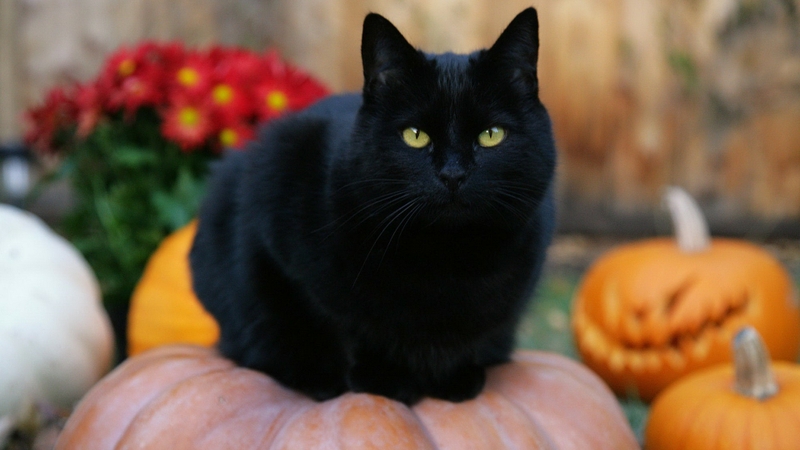
Image source

Image source
All these Superstitions arises from ignorance. It is a child of fear as well. It’s time for people to come out of it. Though most of them don’t want to believe them, people are not prepared to take the risk of ignoring them.
Do we still have to follow it, or not? It will still remain unanswered unless and until people find or realize the real truth or facts.
Featured image source
Art
Navratri 2024: Celebrating the Nine Colours and Their Significance

Navratri, the festival that spans nine nights, is one of the most auspicious and widely celebrated festivals in India. Dedicated to the worship of Goddess Durga in her nine forms, each day of Navratri holds special significance, marked by a distinct color that carries deep spiritual and cultural meaning. As we prepare for Navratri 2024, let’s explore the nine colors associated with each day, their significance, and how they inspire devotion, positivity, and harmony.
Day 1: Yellow
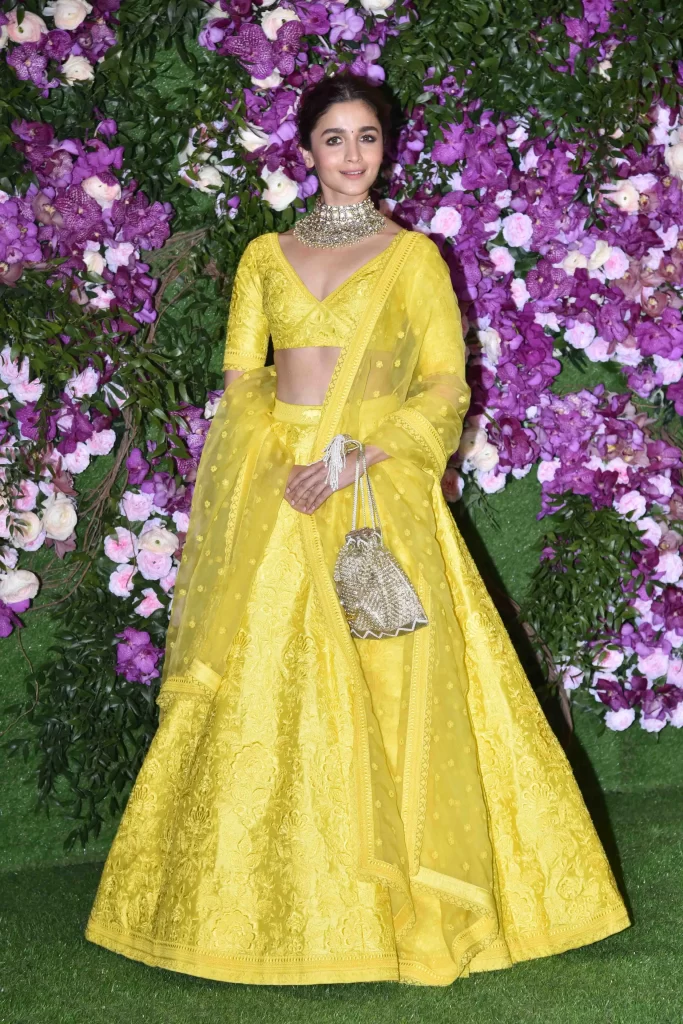
On Thursday, embrace the uplifting energy of yellow as you celebrate Navratri with optimism and joy. This warm and cheerful color symbolizes happiness and radiates positivity, keeping you in high spirits throughout the day.
Day 2: Green
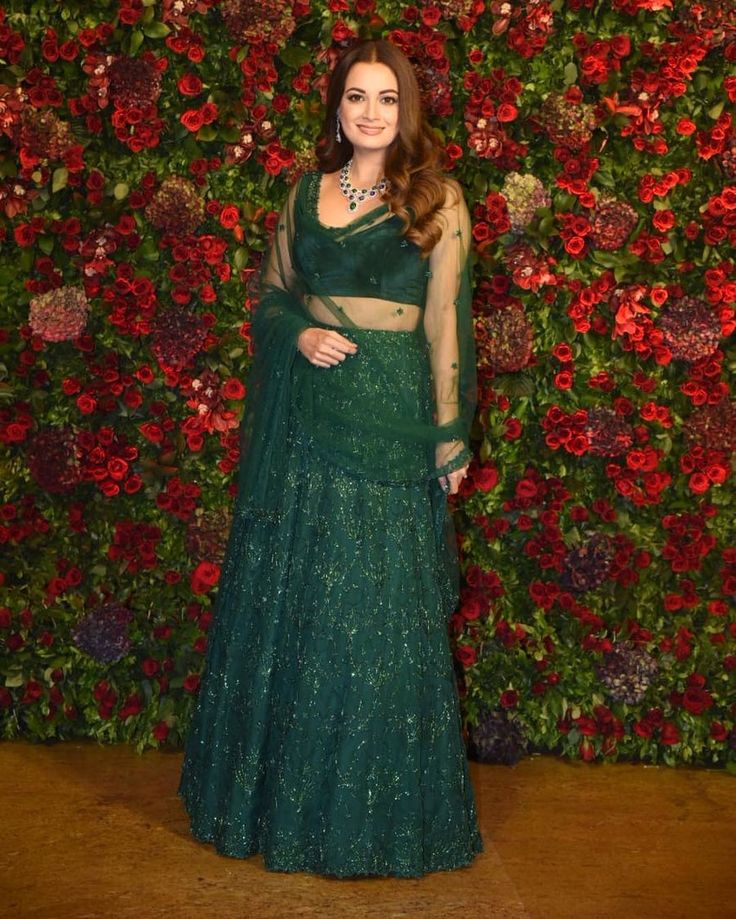
On Friday, wear green, a color that represents nature, growth, and harmony. It evokes a sense of peace and serenity, while also symbolizing new beginnings. Let the vibrant energy of green invite tranquility and the blessings of the Goddess into your life.
Day 3: Grey
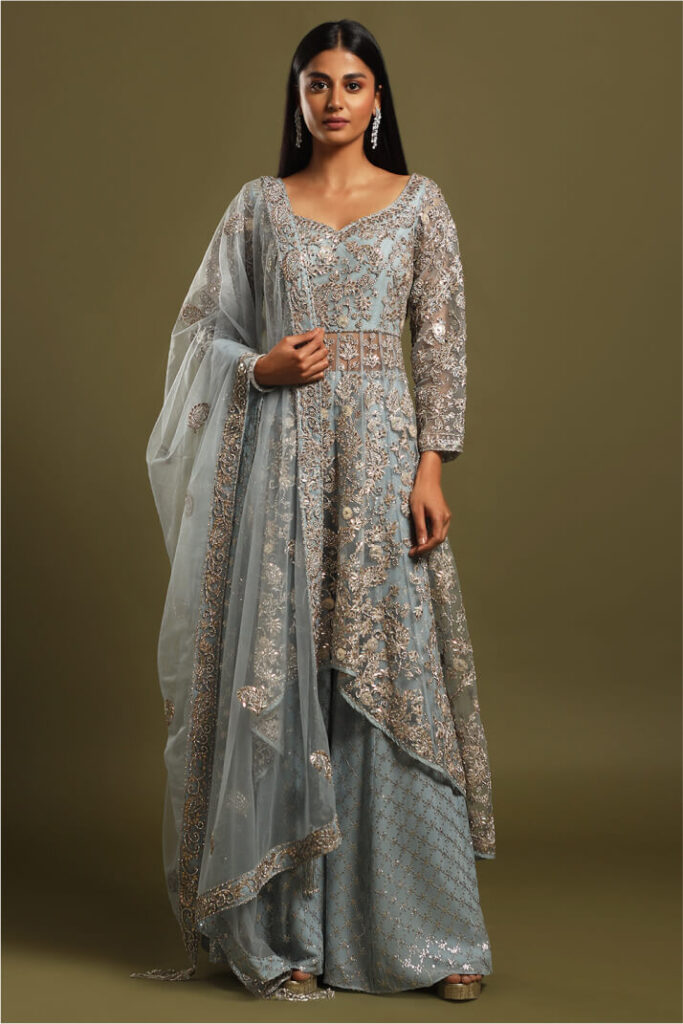
Saturday calls for the subtle sophistication of grey. This balanced color keeps you grounded and calm, symbolizing composure and understated elegance. It’s perfect for those who want to participate in Navratri with grace while making a refined style statement.
Day 4: Orange

On Sunday, adorn yourself in the vibrant hue of orange. This color embodies warmth, exuberance, and positivity. Wearing orange during Navratri invokes an upbeat energy, bringing vitality and a lively spirit to your celebrations.
Day 5: White
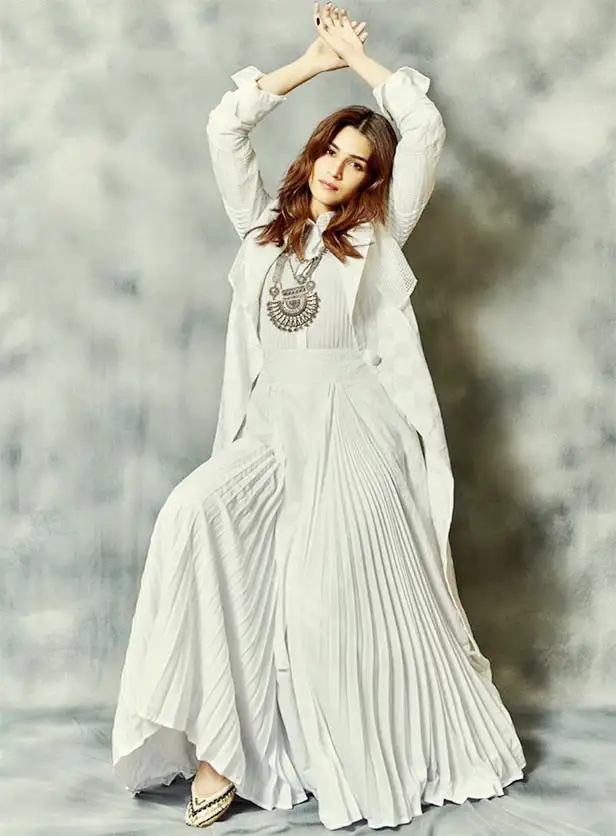
Start your Monday with the purity and serenity of white. Associated with innocence and spiritual clarity, this color invites inner peace and helps you connect with the divine blessings of the Goddess, offering a sense of security and calm.
Day 6: Red
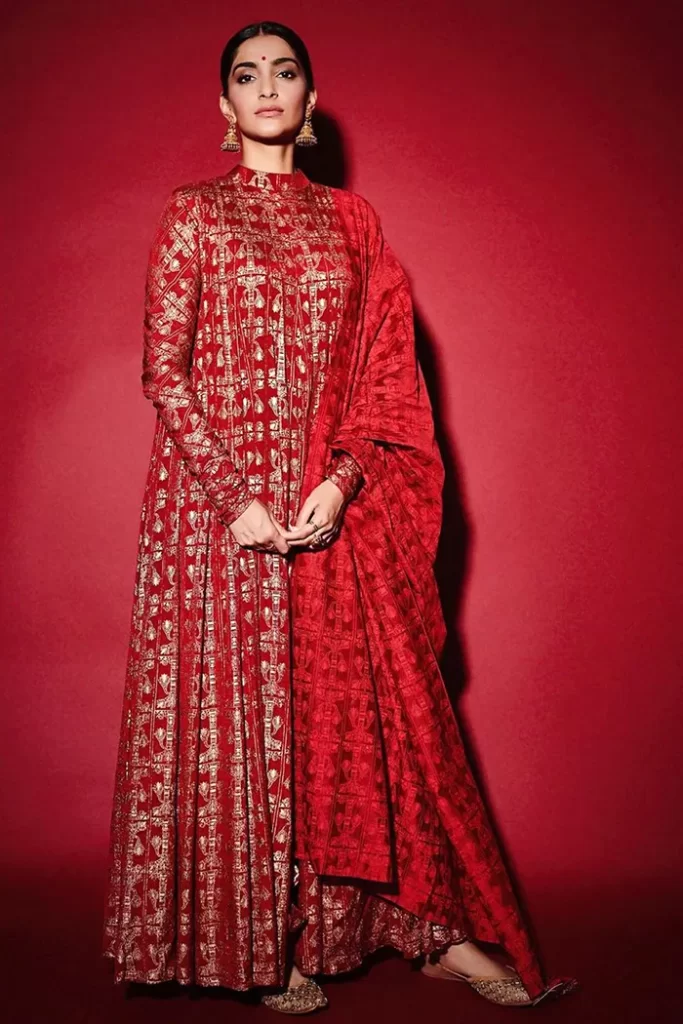
On Tuesday, red takes center stage, symbolizing passion, love, and strength. As one of the most auspicious colors, red is often offered to the Goddess in the form of a Chunri. Wearing red fills you with energy, vigor, and the vibrant spirit of Navratri.
Day 7: Royal Blue
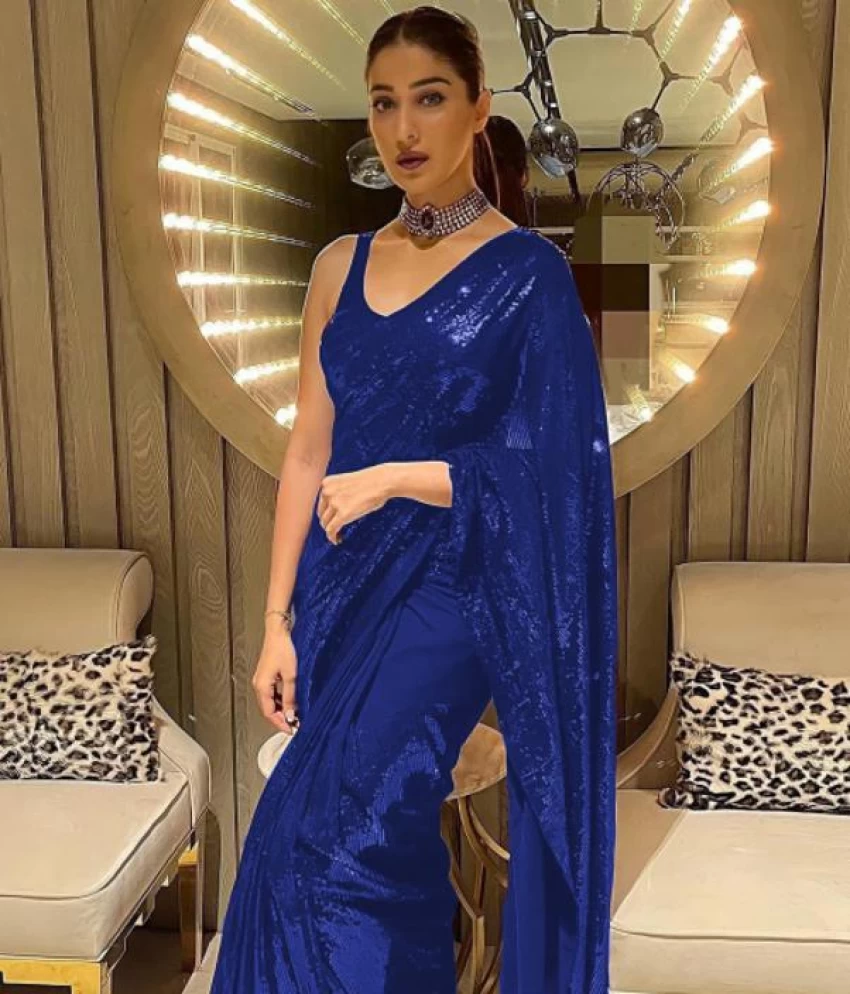
Wednesday’s color is royal blue, representing elegance, richness, and tranquility. This deep, vivid shade of blue exudes confidence and sophistication, making it an ideal choice for those who want to celebrate Navratri with style and grace.
Day 8: Pink

On Thursday, don the charming hue of pink, a symbol of universal love, affection, and harmony. Pink is a color that adds a soft touch of warmth and approachability, making it perfect for creating a loving and joyful atmosphere during the festivities.
Day 9: Purple

On the final day of Navratri, purple takes the spotlight. Associated with luxury, nobility, and grandeur, purple invites opulence into your life. Wearing this regal color while worshipping Navdurga bestows blessings of prosperity and richness, making it the perfect way to end your Navratri celebrations.
Luxury
Cartier’s New High Jewellery Collection is a Love For The Wild

In 2021, the American Museum of Natural History in New York presented Beautiful Creatures, an exhibition showcasing some of the most eccentric jewellery designs of the past century. One standout piece was the iconic crocodile necklace of Mexican actress María Félix, a loyal Cartier patron. Félix, renowned for her bold sense of style, famously strolled into Cartier’s Paris store in 1975 with her pet crocodile, requesting a necklace in its likeness. Cartier delivered, crafting two intertwined crocodiles encrusted with over a thousand emeralds and yellow diamonds. For Félix, crocodiles symbolized freedom, an embodiment of the spirit she associated with Mexico’s Golden Age of cinema.
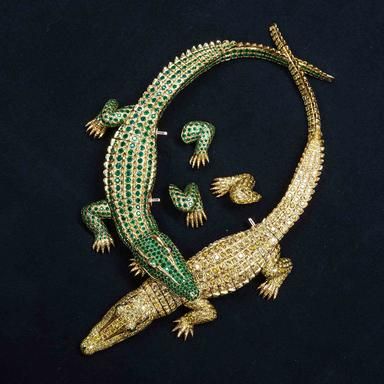
Fast forward to today, and Félix’s wildest dreams seem to have come to life at Cartier’s latest high jewellery collection, Nature Sauvage, previewed at the historic Kursalon Hübner gallery in Vienna. Among the star pieces is the Koaga necklace, a masterful creation where a zebra clasps an emerald-cut diamond and a 6.25-carat pear-shaped rubellite in its mouth. The zebra’s form is exquisitely rendered in alternating onyx stripes and pavé diamonds, making the creature feel almost lifelike.
The relationship between animals and jewellery has deep mythological roots, often glorified through rituals and symbolism. In ancient Egypt, scarab beetles were worn as earrings to signify respect for life’s cyclical nature. Meanwhile, in Hellenistic Greece, gods and goddesses took on the forms of winged creatures in adornment. So, what is it about animal-themed jewellery that continues to captivate us? According to Amanda Triossi, a jewellery historian based in Rome, the allure lies in our primal instincts: “Wearing wild animals like panthers or tigers gives one the sense of having conquered them. It’s empowering, as if you inherit the animal’s strength and attributes.”

Cartier captures this essence beautifully in its Amphista necklace. Featuring two intertwined snakes with diamond scales set with emeralds, their heads adorned with kite-shaped diamonds, the necklace echoes ancient Chinese philosophy’s yin-yang balance. The pièce de résistance? Nine octagonal Colombian emeralds, weighing a total of 14.72 carats.
Triossi also notes that many historical heroes are often depicted draped in the skins of animals they’ve vanquished, a symbol of triumph. Today, jewellery transforms that symbol into something precious and eternal—animal skins reimagined in imperishable materials.
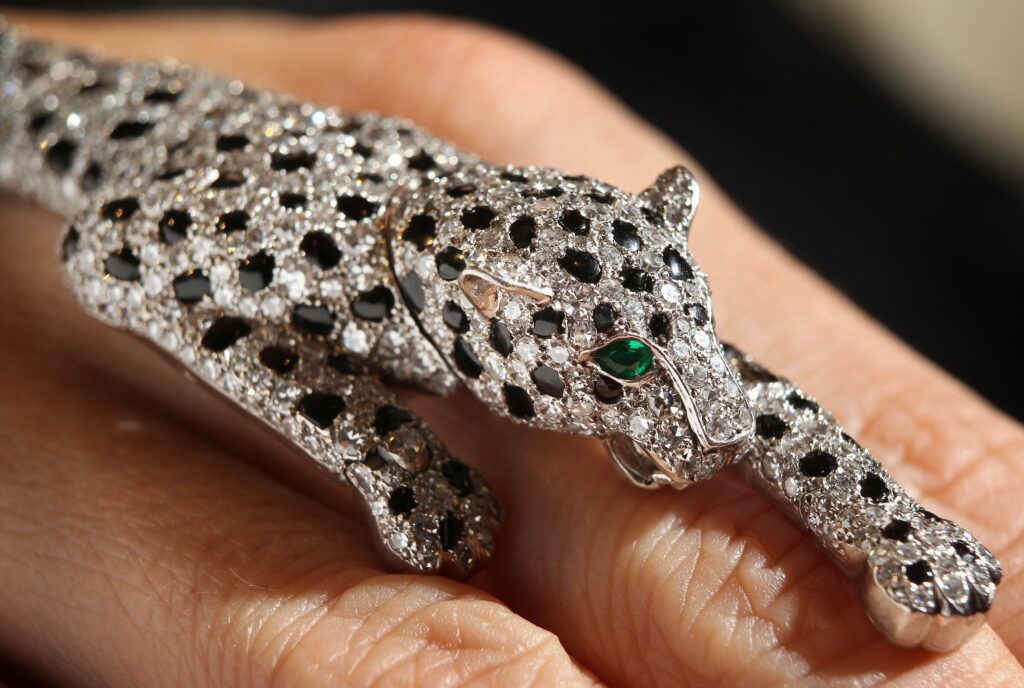
Later that evening, at a celebration held at Vienna’s Kunsthistorisches Museum, the largest in Austria, the enchantment of Cartier’s collection was heightened. The museum’s octagonal domes featured paintings of animals dancing with angels, setting the stage for a magical night. Guests were greeted by masterpieces such as Rembrandt’s Self-Portrait and Caravaggio’s Madonna of the Rosary, alongside Cartier page boys in their signature red hats. The evening’s soundtrack, a seamless blend of Bach and Kygo, was curated by DJ Gillian Sagansky, lending a modern twist to the classical ambiance.
The following day brought another cultural adventure—a visit to Otto Wagner’s Villa, a stunning summer palace designed by the famed architect. The paintings adorning the villa’s walls depicted animals in various forms—some caught in purgatory, others wandering the biblical bardo, with alligators restlessly emerging from swampy landscapes.
Luxury
Indian Craftsmanship Meets Italian Savoir Faire : Rahul Mishra x Tod’s

Quiet luxury was expected to dominate for a while, with many predicting that the return of bold, extravagant fashion would take its time. However, maximalism seems to be making a swift comeback, especially in the realm of designer collaborations. Hot on the heels of the vibrant, print-heavy H&M x Anamika Khanna collection, another limited-edition line has arrived, celebrating opulent luxury: Rahul Mishra x Tod’s.
As part of Tod’s T-Factory project, which features exclusive collaborations with creative innovators, this marks Indian couturier Rahul Mishra’s debut in the international accessories space.

Mishra is a true ambassador of Indian design. Along with his wife Divya Mishra, he leads his eponymous label, which has brought the essence of India to the global stage in remarkable ways. A regular at Paris Fashion Week and the first Indian designer to showcase at Paris Haute Couture Week, his creations have adorned celebrities like Zendaya and Mark Zuckerberg, and have graced magazine covers in South Korea, China, and Europe. With such a path-defining legacy, it’s no surprise that Mishra and his visionary label were Tod’s natural choice for their first-ever Indian collaboration.
Mishra describes this collaboration as a beautiful fusion of “Italian craftsmanship serving as the canvas for Indian vision.” Tod’s iconic Gommino loafers and mules, along with the Di Bag and T Timeless shoulder bag, have been reimagined with intricate resham embroidery, crystals, and sequins—all meticulously hand-embroidered at Mishra’s atelier in Noida. “It was a technically challenging process that took time to perfect. I can confidently say these are some of the finest bags and shoes you’ll ever witness, in terms of craftsmanship and longevity. Such pieces are forever,” Mishra proudly shares.
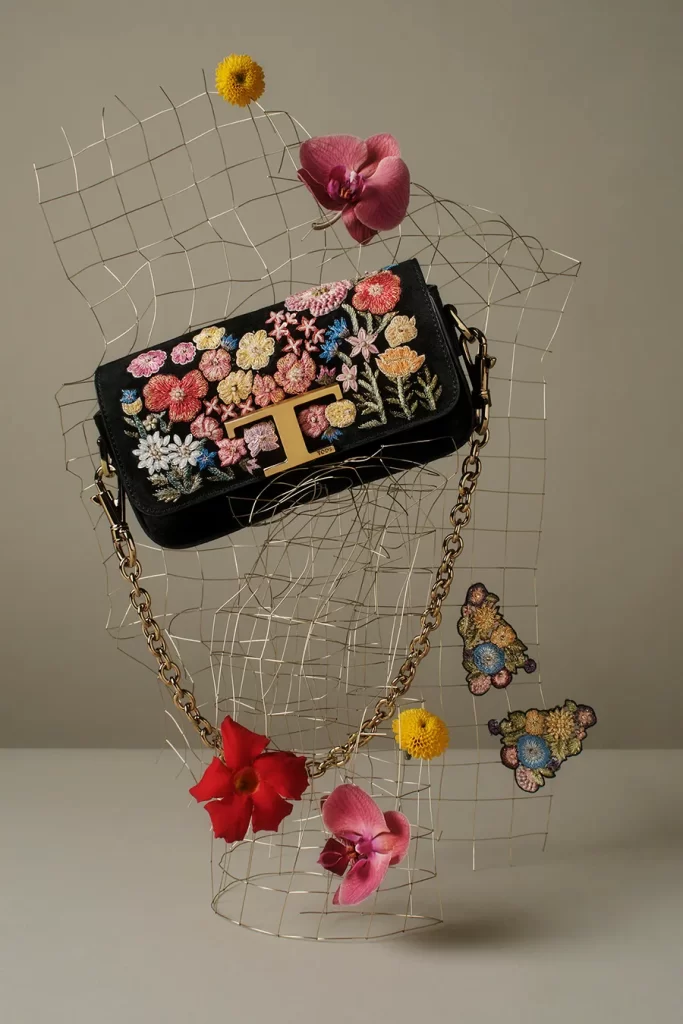
Crafted entirely between India and Italy, the limited-edition pieces from this collection are a true love letter to the artisanal heritage of both nations. “There’s a beauty in the teamwork here,” Mishra explains. “We received raw materials from Italy and worked on integrating our embroideries seamlessly into their leather. The pieces were then sent back to Tod’s, where they transformed them into stunning, three-dimensional products. In that sense, it’s been a genuine collaboration between Italy and India.”
Mishra firmly believes that the future of global design will be shaped by a global Indian aesthetic. “Just as French, Italian, British, and Japanese designs are now seen as universal,” he explains. This collaboration marks a significant step in advancing that narrative. “When you push the boundaries of ‘handmade in India’ to be respected at the pinnacle of luxury, everything else will naturally follow,” he emphasizes.
-

 Style11 months ago
Style11 months agoBridal Guide : Best Looks of Radhika Merchant Ambani
-
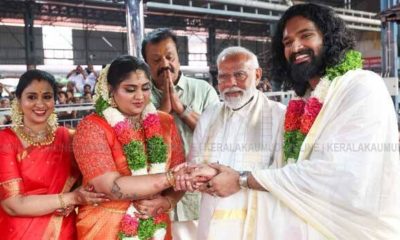
 Entertainment1 year ago
Entertainment1 year agoThe Stunning looks from Bhagya Suresh’s Wedding
-

 Fashion1 year ago
Fashion1 year agoMost Discussed Ajrakh Saree of Alia Bhatt
-

 Entertainment1 year ago
Entertainment1 year agoThe Most Stylish Guests of Bhagya Suresh Reception
-

 Entertainment1 year ago
Entertainment1 year agoBridal Bliss : All Bridal Looks of Swasika Vijay
-

 Movies1 year ago
Movies1 year agoA Nostalgic Journey Through Love &Cinema : Best Bollywood Romantic 90s Movies
-

 Fashion1 year ago
Fashion1 year agoMajor Denim Trends You Need To Know in 2024
-

 AD8 months ago
AD8 months agoPopular Curtain Fabrics to Consider for Your Home


























